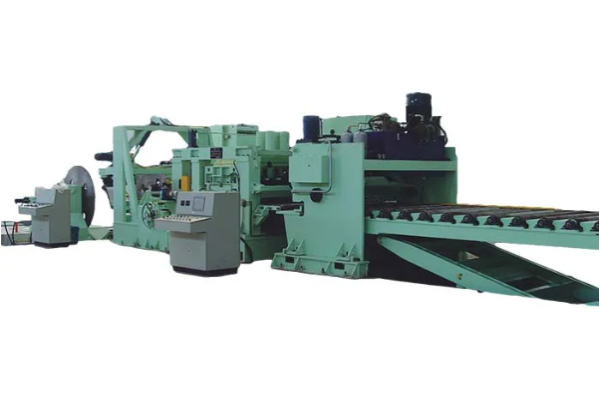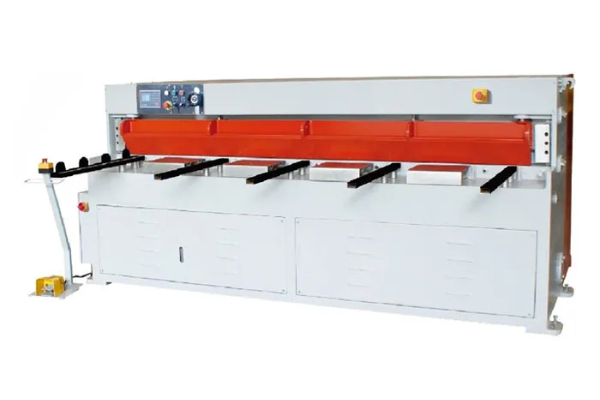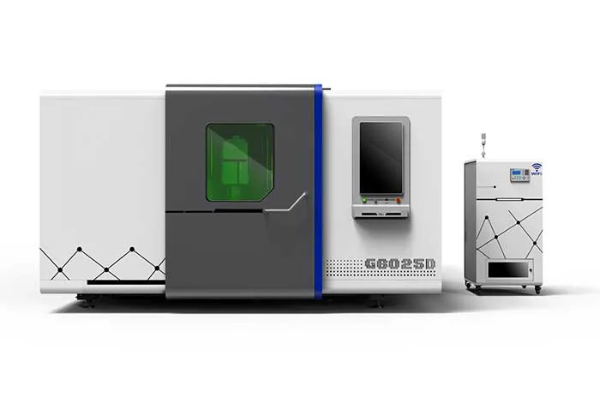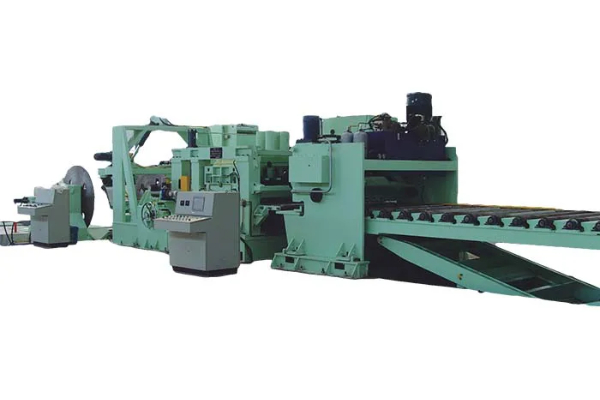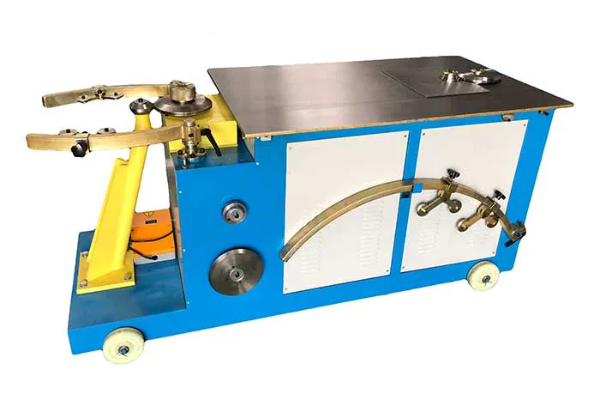
Tips for Troubleshooting Common Issues with Sheet Metal Forming Machines
- By:Metmac
- 2024-07-16
- 168
Sheet metal forming machines are indispensable tools in various industries, but like any machinery, they can occasionally encounter issues. Early identification and resolution of these problems can ensure optimal performance and prevent costly downtime. This article provides an overview of troubleshooting techniques for common issues encountered with sheet metal forming machines.
Common Issues Related to Sheet Feeding
1. Sheet Misalignment or Skewing
Sheet misalignment refers to the sheet deviating from its intended path, resulting in uneven or off-set forming. Incorrect roller settings, worn or damaged guides, or a faulty feed mechanism can lead to this problem. Check and adjust roller spacing, inspect guides for alignment, and evaluate the feed mechanism for proper operation.
2. Material Wrinkling or Buckling
Wrinkling or buckling of the sheet during feeding indicates excessive tension or binding. Insufficient lubrication, improper roller adjustments, or dull cutting tools can be contributing factors. Ensure proper lubrication, adjust roller pressure and spacing, and consider replacing worn or dull cutting tools.
Problems Associated with Forming
3. Tool Wear or Damage
Significant wear or damage to forming tools can result in poor-quality formed components. Tools that are not properly aligned or secured can experience excessive wear. Regularly inspect forming tools for wear or damage and replace them when necessary. Additionally, ensure proper tool alignment and secure mounting.
4. Inconsistent Pressure or Uneven Forming
Inconsistent pressure or uneven forming can occur due to uneven ram movement or hydraulic system issues. Check hydraulic fluid levels, inspect hydraulic lines for leaks, and verify that the ram is moving smoothly and without any binding. Calibrate the machine’s pressure sensors to ensure consistent pressure distribution.
Electrical and Control Issues
5. Electrical Faults
Electrical faults can disrupt machine operation or cause safety hazards. Check for loose connections, blown fuses, or tripped circuit breakers. Ensure proper grounding and inspect electrical components for signs of damage or wear. Promptly resolve electrical issues to prevent potential accidents or further damage to the machine.
6. PLC Programming Errors
Programmable logic controllers (PLCs) control the operation of sheet metal forming machines. Errors in PLC programming can lead to incorrect sequences or unexpected behavior. Review the PLC program for syntax errors, logic issues, and ensure that it accurately reflects the desired machine functionality.
Additional Troubleshooting Tips
7. Machine Maintenance
Regular machine maintenance is crucial in preventing issues and ensuring optimal performance. Lubricate moving parts, check for signs of wear or damage, and replace consumable items as per the manufacturer’s recommendations.
8. Operator Training
Proper operator training can minimize the occurrence of common issues. Ensure operators are well-versed in machine operation, safety procedures, and basic maintenance techniques.
9. Material Selection and Preparation
Correct material selection and preparation are essential for successful forming. Use materials that are suitable for the forming process and ensure proper cleaning and preparation before feeding into the machine.
By understanding and applying these troubleshooting techniques, users can identify and resolve common issues with sheet metal forming machines quickly and effectively, minimizing downtime and ensuring optimal performance.
-
Advanced Sheet Metal Rolling, Cutting, and Folding Machines for Efficient Fabrication
2025/10/22 -
High-Precision Sheet Metal Bending and Cutting Solutions for Modern Manufacturing
2025/10/22 -
High-Precision Solutions from Leading Sheet Metal Cutting Machine Manufacturers
2025/09/11 -
Reliable Sheet Metal Equipment for Sale to Support Precision Fabrication
2025/07/17
-
Advanced Sheet Metal Rolling, Laser Cutting, and Folding Machines for Precision Fabrication
2025/10/31 -
High-Performance Sheet Metal Bending and Cutting Machines for Modern Fabrication
2025/10/31 -
High-Quality Sheet Metal Equipment for Sale: Efficient Solutions for Modern Manufacturing
2025/10/31 -
High-Performance Sheet Metal Equipment for Sale: Forming and Shearing Solutions for Modern Fabrication
2025/10/22
-
A Guide to the Latest Innovations in Sheet Metal Folding Machines
2024/11/29 -
Key Features to Consider When Investing in a Sheet Metal Folding Machine
2024/11/28 -
Enhancing Precision with Advanced Sheet Metal Folding Machines
2024/11/27 -
How to Choose the Right Sheet Metal Folding Machine for Your Workshop
2024/11/26
